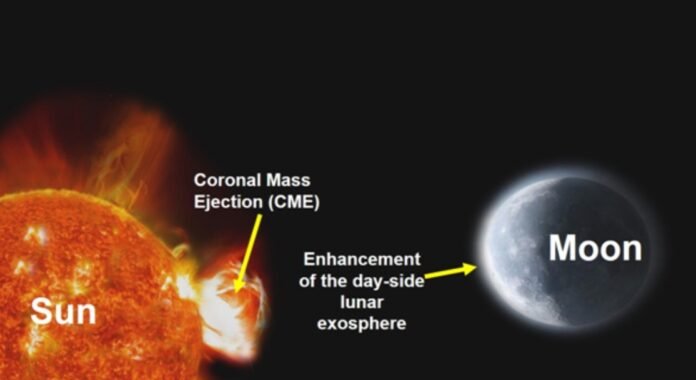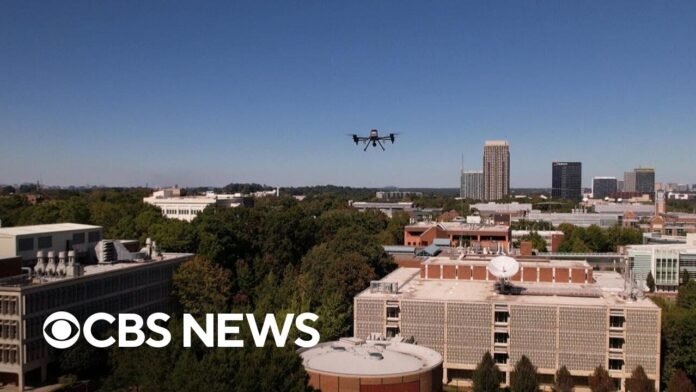Bengaluru, Oct 18 – ISRO announced a first‑time glimpse of how the Sun’s violent bursts splash tiny atoms onto the Moon. The Chandrayaan‑2 orbiter’s CHACE‑2 instrument measured a steep rise in the Moon’s exosphere after a burst of coronal mass ejections (CMEs) hit the lunar surface on May 10, 2024.
In 2024, a rare cluster of CMEs hurled charged particles toward the Moon. CHACE‑2 detected the exosphere—photon‑thin gas that lives just above the lunar surface—blowing up by more than ten times its usual density. ISRO scientists say the burst of solar material knocked fresh atoms off the Moon’s surface, filling its exosphere with hydrogen and helium and a splash of heavier ions.
“Because the Moon has no magnetic shield, solar storms can strike it directly,” one ISRO scientist explained. “The exosphere responds immediately, so when the Sun fired off multiple CMEs, the pressure of the dayside exosphere jumped sharply.”
The observation validates long‑held theories about the Moon’s fragile atmosphere. It also offers fresh data for upcoming lunar projects, from robotic landers to human habitats. Engineers can now factor in how sudden solar activity might shift the lunar environment, a critical consideration for base design and long‑term safety.
The research, called “Impact of a Coronal Mass Ejection on the Lunar Exosphere as Observed by CHACE‑2 on the Chandrayaan‑2 Orbiter,” appears in Geophysical Research Letters (published Aug 16, 2025). ISRO’s find is a milestone for lunar science and a valuable warning for future explorers.
Source: ianslive
Stay informed on all the latest news, real-time breaking news updates, and follow all the important headlines in world News on Latest NewsX. Follow us on social media Facebook, Twitter(X), Gettr and subscribe our Youtube Channel.



